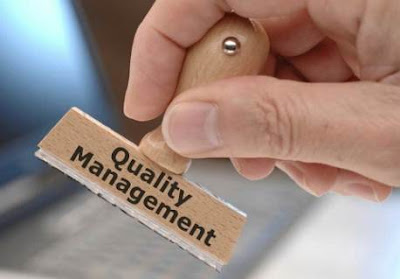What is SAP with Quality Mananagement (QM) Module
SAP is very broader term in business. The concept of SAP was come in 1972 by 5 IBM employees
in Germany. Basically SAP known for Systems Applications and Products. SAP is generally
used by large companies like Microsoft, etc. It is mainly used in providing end
to end solutions for manufacturing, logistics, distribution, financial, etc. It
also helps to share common information with everyone.
SAP is
divided into so many different modules like SAP MM, FI, CO, SD, FSCM, Simple
Finance, ABAP, QM, HANA, PP, PS, etc. There training are also available if you
are interested in this. One of the best institute that i know, who gives you SAP FICO Online Training, Simple Finance Online Training, SAP FSCM Online Training i.e. Pragna Technologies.
Their staff having more than 13 years of experience with them. Their best part
is that they provide you online as well as offline training to their students.
Now
we are continued with SAP QM module in detail. So firstly understand what is SAP
QM? QM stands for Quality Management. Firstly they check the quality of raw
material which they receive from their vendors and later during production and
post production. It checks the quality of the product before the finished goods
are shipped.
Following
points can be performed by users during QM –
1.
Record the results of the inspection.
2.
Record defects, if any.
3.
Decide whether to use the material, return it to the vendor, scrap it or rework
the material.
Following is
the process of SAP QM –
1.
Quality Management in Procurement: This process shows how the SAP ERP
Quality Management is used to guide the purchasing and Inventory Management
activities. This consists fundamentally of releasing supply relationships,
source and receiving inspections, managing stocks during quality checks, and
quantity documents.
2.
Acceptance Inspections: This process describes inspection
lot processing. We highlight inspection planning, the determining of inspection
samples, printing shop papers for the inspectors, and entering inspection
results, which consist of characteristic values and error data. We also
describe the settlement of inspection costs.
3.
Quality Notifications as Complaints
Against the Vendor: In
this process, you see how errors found during a quality inspection are analyzed
and documented in a quality notification. The measures required to correct the
problem include a complaint against the vendor and the processing of returns.
4.
Quality Control: Quality control incorporates vendor
evaluation, quality analysis in the QM information system, and statistical
process control utilizing control charts.
Advantages
of SAP QM –
·
Process
improvement
·
Automation
of the information flow
·
Access
to data that has already been maintained
·
Monitoring
of vendor and customer complaints by implementing corrective tasks in SAP QM
quality notifications.



Comments
Post a Comment